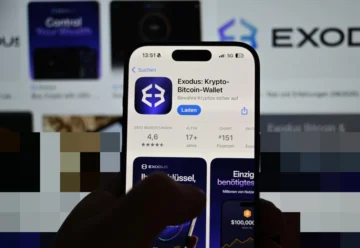Crypto and Stablecoins to Become Part of U.S. Banking System

Executives at U.S. financial institutions note a growing interest in cryptocurrencies from clients and agree that digital assets are becoming an integral part of the banking system.
According to a study by American Banker, 64% of top executives at U.S. banks and credit unions believe that public cryptocurrencies such as Bitcoin and Ethereum will become a permanent feature of the financial market. 56% of respondents said the same about stablecoins, primarily USDT and USDC.
Credit unions are the most optimistic about digital assets: 78% of their representatives are confident that cryptocurrencies will become an essential part of the financial system. Among national and regional banks, 72% share this view, while among local banks the figure is 52%.
Of those surveyed, 45% also predict a long-term future for tokenized deposits, and 42% for tokenized real-world assets.
The American Banker study was conducted in August and September 2025 among 142 knowledgeable employees, including mid- and senior-level managers of banks, credit unions, and payment companies.
According to the report, the most common customer requests regarding cryptocurrencies include:
- 47% want more information about digital assets;
- 35% seek the ability to make crypto payments;
- 27% are interested in asset custody under bank management;
- 25% consult on crypto fund management.
Meanwhile, 26% of clients show no interest in digital assets. Among large banks with assets exceeding $10 billion, 65% of customers request information about cryptocurrencies, compared to 50% among credit unions. Smaller banks report almost no such demand, 42% say their clients aren’t interested in digital assets.
The study also highlights calls to amend the GENIUS Act, adopted in July 2025. The main industry request is to allow banks to pay interest on tokenized deposits and digital assets, a feature currently available to crypto exchanges but not to banks. Executives also propose easing reserve requirements and clarifying rules regarding stablecoin payments and backing.











